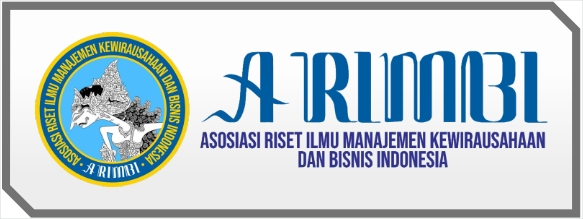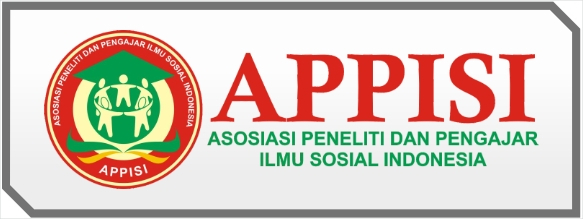STUDI EKSPLORASI NASI UDUK KOTA INTAN
DOI:
https://doi.org/10.55606/jempper.v2i1.1179Kata Kunci:
Nasi Uduk Kota Intan, brand copyright, 4Ps of Marketing.Abstrak
Nasi uduk is an Indonesian rice dish which is prepared by cooking rice using the aron technique using coconut milk and other spices. Nasi uduk has a distinctive taste that is differs it from, thanks to the additional herbs and spices used in the production. Nasi Uduk Kota Intan is a restaurant located in the Pasar Baru area, Central Jakarta. Established since 1977, Nasi Uduk Kota Intan has become one of the most popular culinary delights for the local community because it is able to offer a menu of Nasi Uduk dishes which have a distinctive taste. Despite the age of Nasi Uduk Kota Intan, Nasi Uduk Kota Intan does not have a definite way to promote its products, and does not have a copyright on the brand used, which can cause problems. From the results of this research, it is hoped that the public many people can understand Nasi Uduk Kota Intan in depth, and the owner of Nasi Uduk Kota Intan can understand the threats and opportunities that exist. This study uses qualitative methods with a narrative approach, as well as data collection techniques by means of observation, interviews, and documentation. The findings from this study indicate that Nasi Uduk Kota Intan with the 4Ps approach in terms of the marketing mix serves a variety of menus, ranging from nasi uduk, side dishes, to drinks which range in price from IDR 5,000 to IDR 45,000, then Uduk Kota Intan has a location in a Central Jakarta culinary delights, and Nasi Uduk Kota Intan also carry out promotions through social media, and Nasi Uduk Kota Intan still does not have a copyright on the brand used
Referensi
Anggita. (2022, July 20). Serupa Tapi Tak Sama, Ini 3 Perbedaan Nasi Uduk Dan Nasi Gurih. Https://Www.Parapuan.Co/Read/533384066/Serupa-Tapi-Tak-Sama-Ini-3-Perbedaan-Nasi-Uduk-Dan-Nasi-Gurih.
Borrington, K., & Stimpson, P. (2013). Cambridge IGCSE Business Studies 4th edition (Fourth).
Creswell, J. (2014). Research Design: Qualitative, Quantitative, And Mixed Method Approach.
Fathanudien, A., Akhmaddhian, S., & Firmansyah, I. M. (2022). The Legal Protection of Jeniper Product Brand Rights Associated with Brands and Geographical Indications. UNIFIKASI : Jurnal Ilmu Hukum, 9(1), 39–44. https://doi.org/10.25134/unifikasi.v9i1.3456
Goeldner, C. R., & Ritchie, J. R. B. (2012). TOURISM: Principles, Practices, Philosophies.
Hidayati, R. S., & Ismawati, R. (2014). Peningkatan Kualitas Olahan Beras Sebagai Makanan Pokok Melalui Penambahan Daun Kelor (Moringa Oleifera) (Vol. 03).
Sekaran, U., & Bougie, R. (2016). Research Methods For Business. Www.Wileypluslearningspace.Com
Widayanti, E., & Hariyanto, O. I. B. (2019). Melestarikan Nasi Uduk Sebagai Makanan Tradisional Untuk Menu Breakfast Di Hotel Gino Feruci Kebon Jati Bandung. Universitas Bsi Bandung.
















